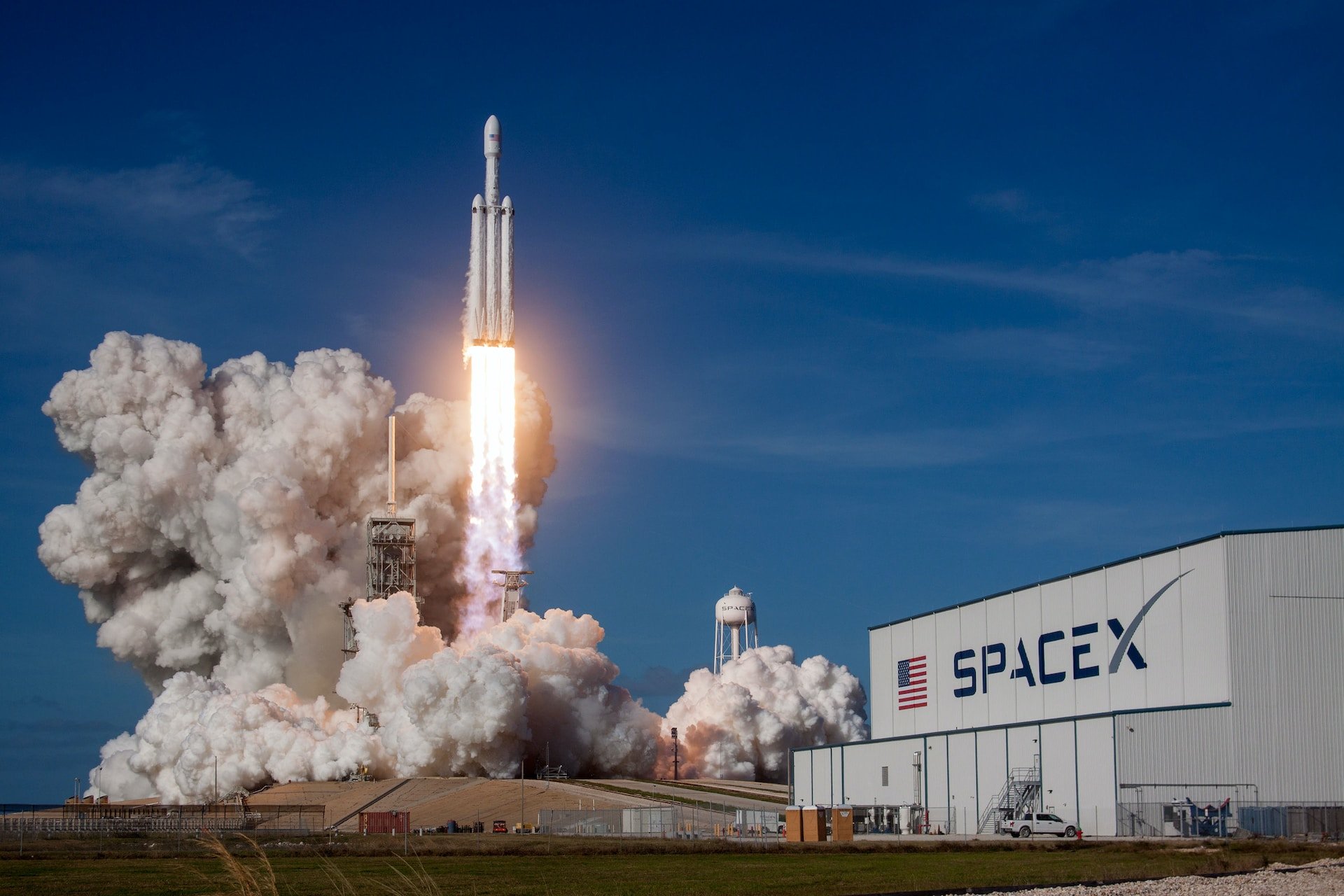The pivotal role control valves play in aerospace applications
“One test result is worth one thousand expert opinions." — Wernher von Braun
Humankind’s enchantment with outer space is a tale as old as time. Our fascination reached new heights in the 20th century when the first liquid-fueled rocket was launched in 1926. Since then, there’s been a boom in space exploration, from the mid-century space race to NASA’s upcoming Artemis missions.
We all tune into rocket launch live streams, counting down as the engine flames burst to life. What we don’t often see, however, is the mission-critical engineering work that goes on behind the scenes.
Today, we want to investigate how rockets make it to their launching sites, focusing on one seemingly small but vital cog in the wider testing and ground support machine: control valves.
The role of control valves pre-launch
Outer space is a complex, demanding, and risky environment. As such, aerospace engineers must subject rocket engines, spacecraft, and their respective components to the most demanding conditions imaginable, long before they are qualified for launch. Much of this testing requires supporting equipment that pushes the bounds of traditional industrial - or even aerospace - infrastructure. This is because of exceedingly low (and/or high) temperatures, high pressures, tight shutoff requirements, and jarring G-forces. Among many other variables, the tests measure combustion stability, assess fluid properties, monitor frequency waves to limit noise and vibration levels, and more.
By specifying custom special or severe service control valves, engineers can tightly control these conditions, as well as gather consistent and accurate data from their tests. In turn, this boosts the program’s operational efficiency, ensures application longevity, and increases environmental safety. Specific use cases pre-launch include noise attenuation, hydrogen and oxygen liquefaction, storage, mixing, and throttling.
Real-world aerospace application use cases
To help you visualize how control valves factor into these testing processes, we’d like to shine a light on two real-world Trimteck case studies.
1. Rocket propulsion system testing
A rocket’s ability to launch hinges on its propulsion systems; they’re responsible for thrusting a spacecraft up and through the atmosphere. Working with NASA Stennis Space Center’s test engineers, we developed a cageless cryogenic globe valve for quick, safe, and repeatable Class VI shutoff of liquid oxygen in a Chemical Steam Generator. This enables precise controlling of space-like vacuum conditions in which to test engines and components.
With a split body design, the valve’s seat stays firmly in place through thermal cycling, all without the need for a cage. Eight equidistant bolts hold the upper and lower parts of the valve together, ensuring even pressure and reducing the effects of line torsion and vibration.
2. Aerodynamic testing in hypersonic wind tunnels
Hypersonic wind tunnels help aerospace engineers configure projectiles to withstand unprecedented temperatures and airflow during flight. Generally, the threshold for what is considered hypersonic speed is around Mach 5.
Despite being necessary for testing hypersonic vehicles, these wind tunnels are very rare, and most only suffice for basic research as they generate high turbulence and produce very short run times.
However, there’s a growing group of US Aeropropulsion and Testing facilities that have the capability to “quiet” the turbulence usually associated with hypersonic wind tunnels. These quiet tunnels are capable of flowing air at hypersonic velocities without the turbulence created by the boundary layer that develops at such speeds.
Trimteck has worked closely with its customers to develop bleed valves that open, close, and control air at temperatures approaching 2000 degrees Fahrenheit.
Manufacturing out-of-this-world valves for space travel
As aerospace engineers across the globe will attest, building and testing spacecraft is a team effort. What we see on our screens, come launch day, is a result of years of engineering work.
Control valves are an integral part of this process — particularly when it comes to creating highly controlled test environments. Of course, to emulate the harsh conditions of outer space, aerospace engineers must specify and source customized, severe-duty, precise, and long-lasting valves.
This is where Trimteck excels. As a NASA VDB-registered and ISO 9001-certified manufacturer, creating customized, highly robust control valves for complex aerospace applications is one of our specialities. We work closely with engineers to manufacture valves that don’t just do the job but propel you toward a successful launch day.
To find out more about our custom solutions, please reach out to our friendly team.


